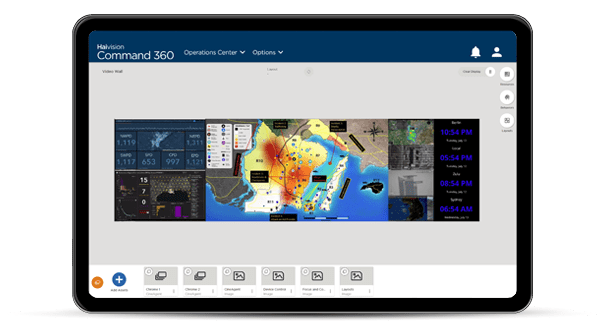Federal control rooms across the country are not immune to the COVID-19 work restrictions and guidelines governing other workplaces. These issues have impacted productivity and operational efficiency across all industries. However, federal agencies have found workarounds for this difficult time.
In the federal command and control spaces, operations centers are designed with a full on-site workforce in mind from the start. Everything from the architecture of the room to the size and placement of workstations and video walls is based on planned staffing requirements for the space at hand. COVID-19 guidelines for social distancing saw many control room spaces cut their on-site staff numbers in half. Even federal agencies such as FEMA, who are on the front lines of the pandemic and other emergencies throughout the country, have had to make adjustments.
To rise to the challenge of keeping operational efficiency at maximum, the federal workforce, like the private sector, began utilizing remote work options for their staff and facilities. FEMA and other federal Emergency Operations Centers (EOCs) already had dynamic visualization systems in place that were either equipped or ready to be equipped for remote workers. With the proper hardware and software as part of a robust video wall system, operators that must work remotely can still manage content across the operations center’s shared visual dashboard.
Remote work adjustments for all agencies and companies, federal or private, are proving to work so well that many of these organizations are moving forward with permanent remote options for their staff. This type of working environment may have been a pipe dream just 10 years ago, but it is increasingly becoming a reality for agencies with the right hardware and software in their control rooms. With tools that help push content to workstations and disparate control rooms on their secure networks, employees and key stakeholders can still make the necessary decisions to keep their federal emergency, security, and network monitoring operations fully functional. The right solution even allows for remote access to web-based applications, which means that federal operations centers reliant on web tools accessed through the control room can be utilized from any secure location on their network.
Remote work options are going to continue to evolve so it is important to make sure that your control room environments are ready and capable to make use of the technology that is available now as well as what is to come in the future.
